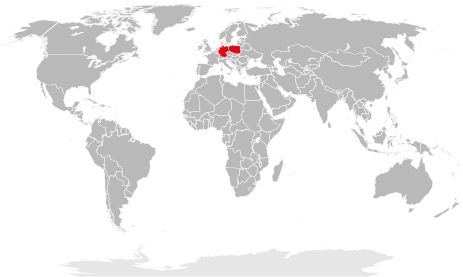




The gooseberry, just like rhubarb, probably originates from the Himalayas but it has only been cultivated on a large scale from the 18th century onwards, predominantly in England. Today, this modest berry is spread all over Europe and is cultivated in all temperate zones. The main country for gooseberry production is Germany, where almost 50% of the worldwide harvest is grown.
The fruits, which are about the size of a cherry, grow individually or in pairs. A distinctive feature of gooseberries is their prickly hairs. On the outside they are usually greenish-white, yellow, light-brown or red in colour. The inside contains soft, succulent flesh with many edible pips.
And for those interested in the health benefits: gooseberries support blood purification and the cardiovascular system, and alleviate symptoms of rheumatism. They also contain a relatively high amount of sugar, however. In this respect, they rank in second place after grapes.